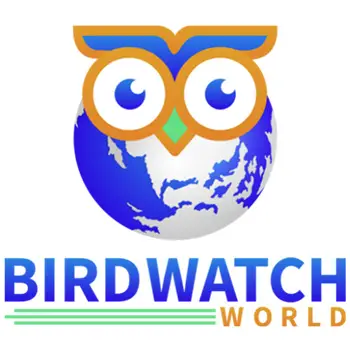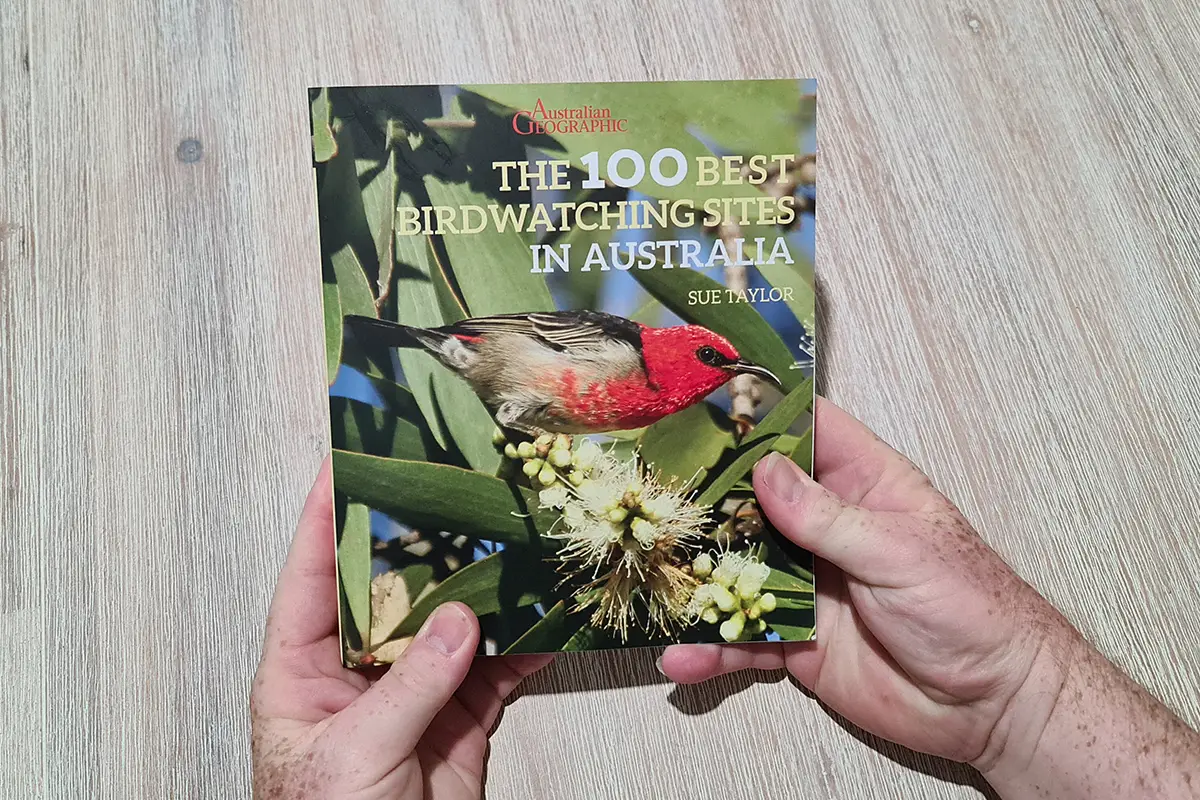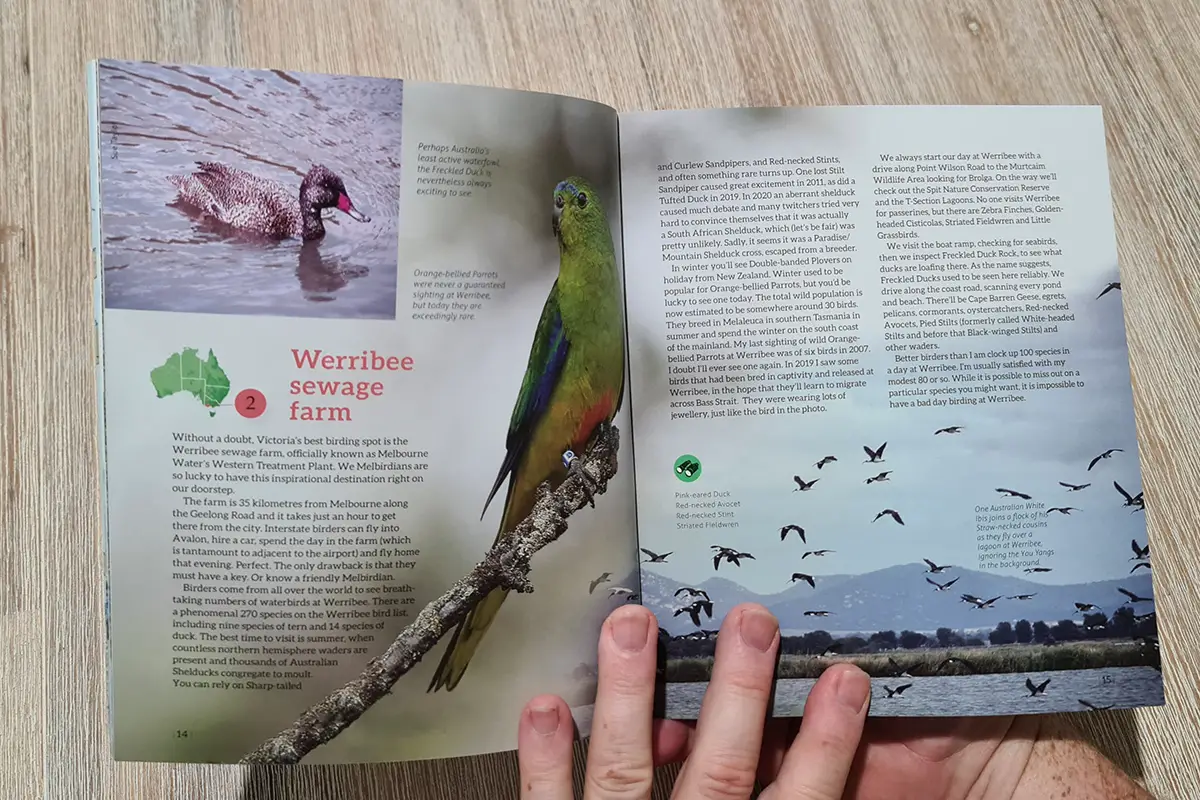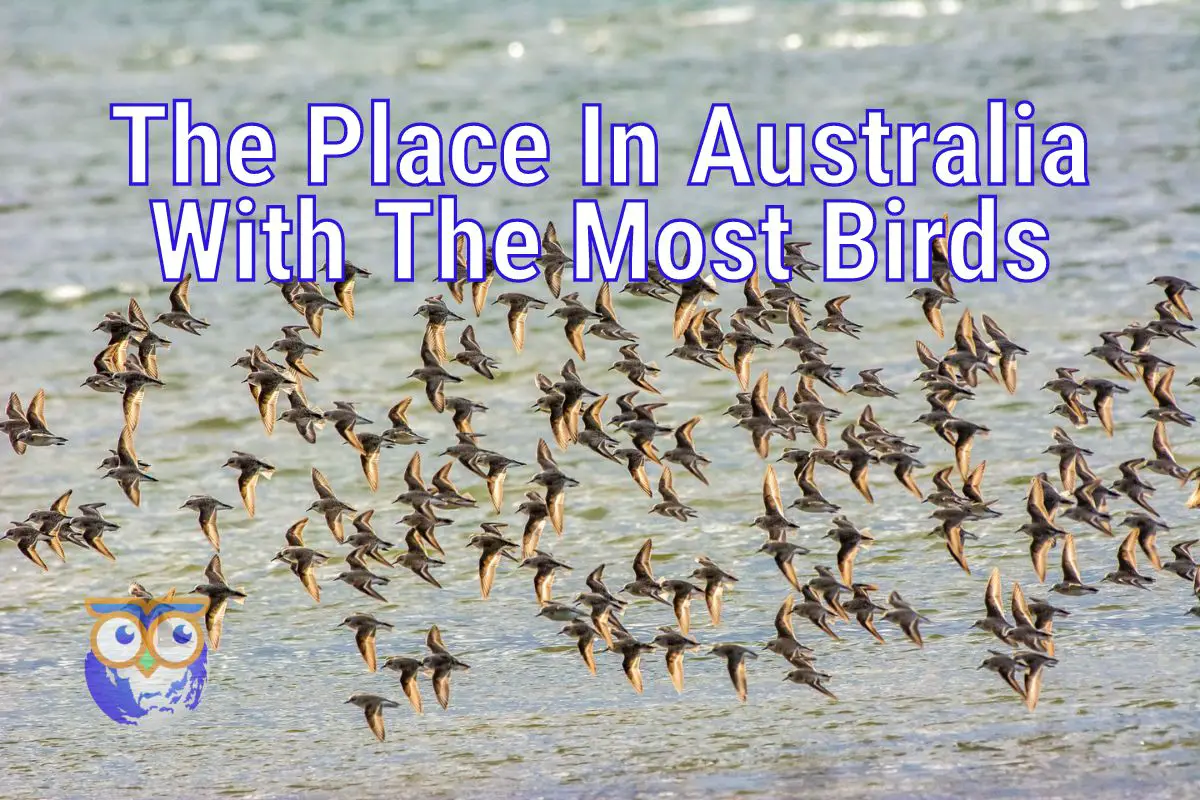
Australia is home to around 936 species of birds and many of them occur nowhere else in the world. There is one place in Australia where you have the opportunity to see almost 30% of those species. In this article, you will discover where that place is, how to get there, and what birds you may be lucky enough to see if you visit.
The place in Australia with the most birds is the Western Treatment Plant in Wyndham, Victoria. The plant is a world leader in environmentally-friendly sewerage treatment and one of 65 Ramsar Wetlands in the country. To date, there have been more than 300 species of birds recorded at the plant.
Continue reading to learn more about the Western Treatment Plant. We’ll explore some of the species that have been sighted there recently and I will explain how to go birding there. You must have a permit to enter the plant for birding, so make sure you read that section of the article.
As an Amazon Associate, I earn from qualifying purchases. Birdwatch World earns commissions from Amazon and similar affiliate programs from any purchases made via links in this article.
The Place In Australia With The Most Birds – The Western Treatment Plant
The western treatment plant, known initially as the Werribee Sewerage Farm was established in the 1890s to combat disease as raw sewerage flowed into rivers and bays in those days. Today, the treatment plant treats more than 182, 500 million liters of sewerage per year using a series of large ponds (called lagoons).
It is these lagoons, the largest of which holds 600 million liters, that provide unique habitats for birds. Many species visit the plant, including waterfowl, migratory shorebirds, and even the critically endangered Orange-bellied Parrot.
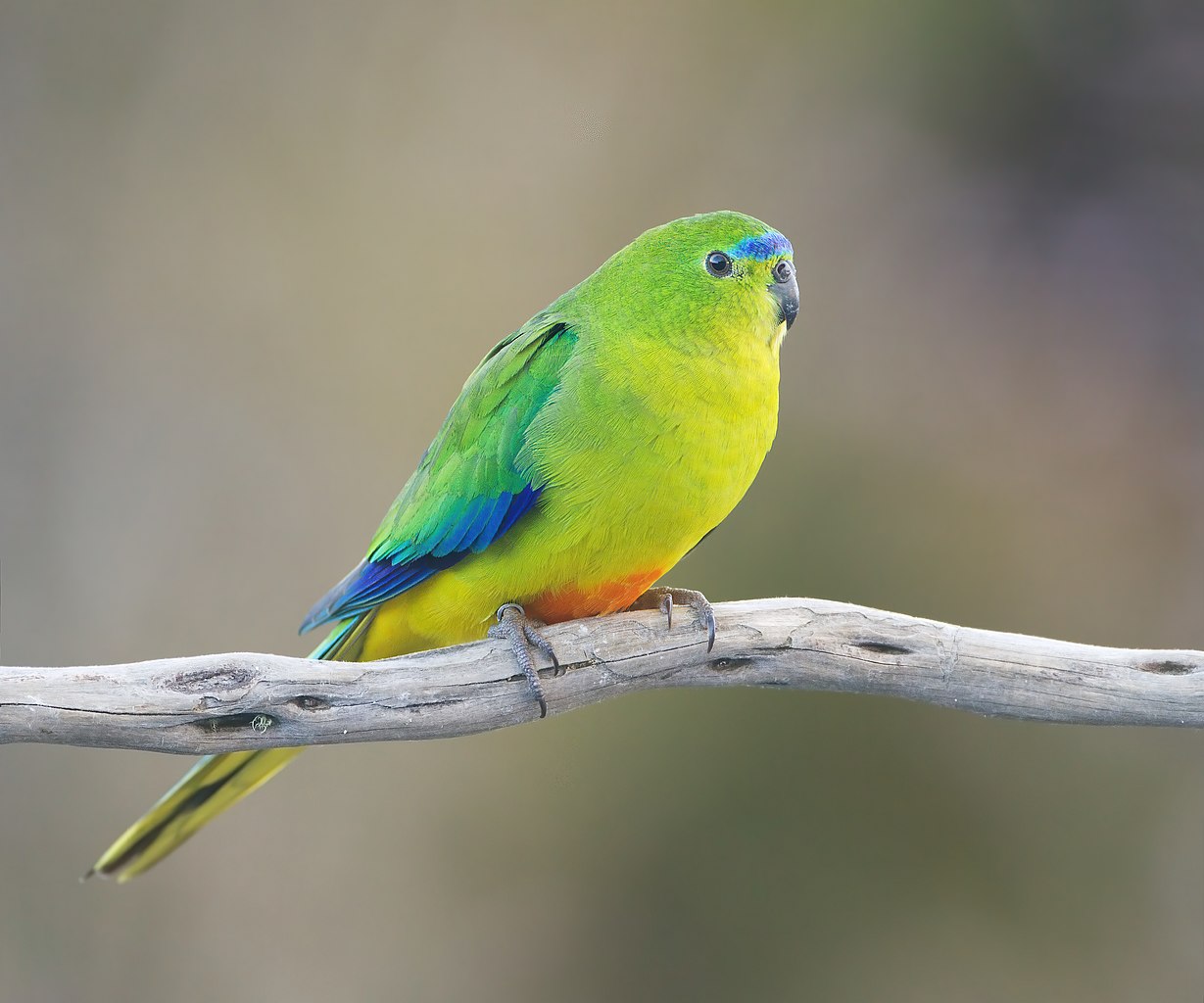
Discover the flightless birds of Australia in this post here on my blog.
So far this year, 184 species have been recorded on eBird at the plant. 137 species were observed in September of 2022 and at the time of writing this article, 101 species had been recorded in October.
The plant is recognized as a wetland of international significance under the Ramsar Convention. The convention’s mission is “the conservation and wise use of all wetlands through local and national actions and international cooperation, as a contribution towards achieving sustainable development throughout the world”.
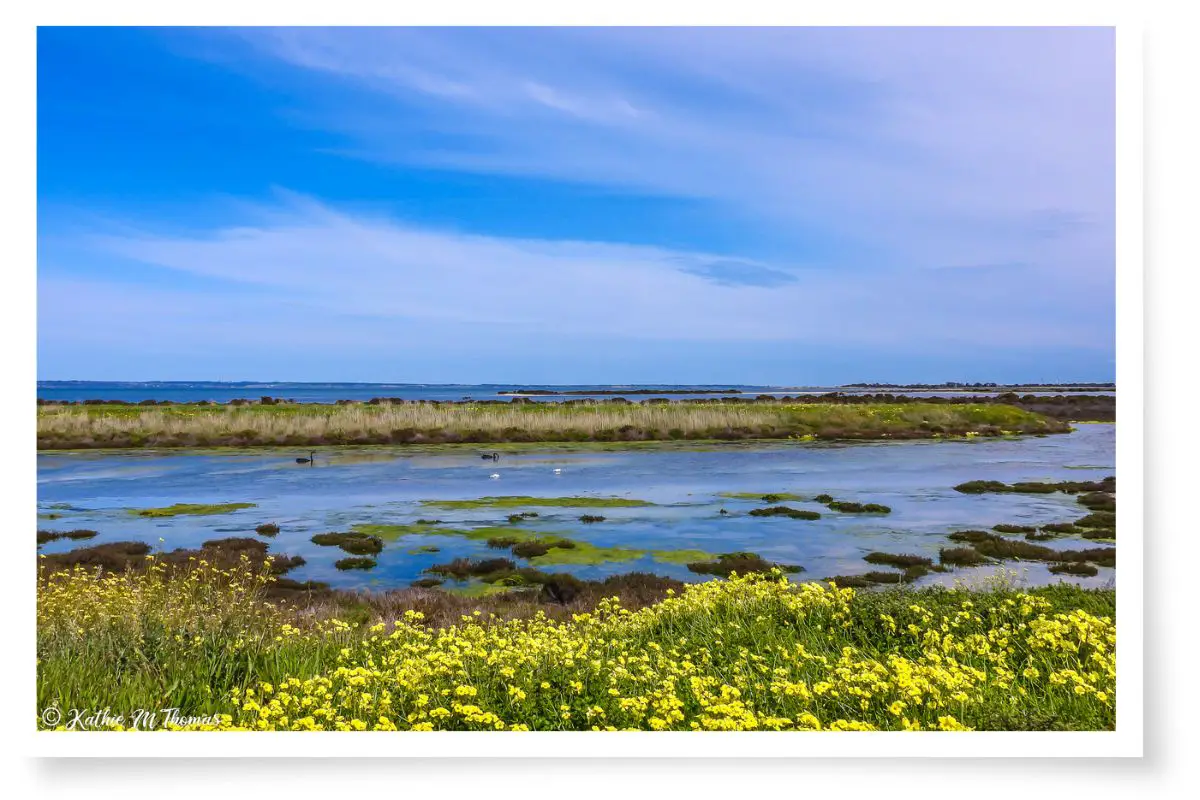
It was adopted in the Iranian city of Ramsar in 1971 and currently has the involvement of almost 90% of UN member states. The convention encourages all its contracting parties to work towards protecting wetland habitats under their “three pillars”:
- work towards the wise use of all their wetlands;
- designate suitable wetlands for the list of Wetlands of International Importance (the “Ramsar List”) and ensure their effective management;
- cooperate internationally on transboundary wetlands, shared wetland systems, and shared species.
Find out where you can see Birds Of Paradise in Australia in this article here on my blog.
Getting To The Place In Australia That Has The Most Birds
The western treatment plant is around 40 minutes from the center of Melbourne. There are two access roads; Point Wilson Rd and Beach Rd. Both of these are accessible via the Princes Freeway (M1) out of the city towards Geelong.
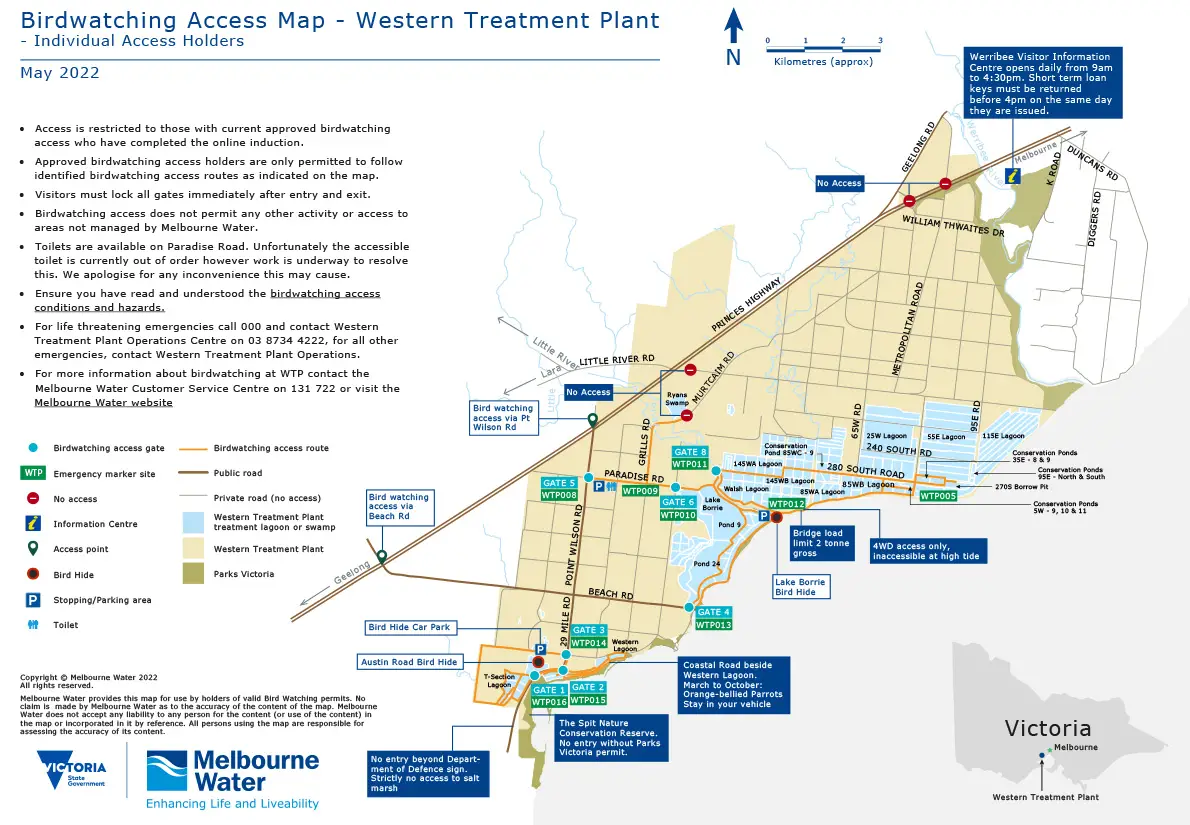
The treatment plant is right near Avalon Airport. At the time of writing this post, you could fly into Avalon from Sydney or the Gold Coast. Beach Road runs along the northern boundary of the airport, so getting off the plane, you are right there.
As the treatment plant is so large, you need a car to be able to access the vast amount of birdwatching areas on offer. There is a limit of 4 people per car and one of those must be a keyholder (you need keys to open various access gates).
Melbourne water sends emails out to those who are registered advising which gates are open and which are not. The next section of the article will go into more detail about applying for access.
Discover more great birdwatching sites within Australia in this book from Sue Taylor. This book is packed with information from someone who has actually been to most of the 100 sites. Check it out on Amazon or eBay via the button below:
Applying For Birdwatching Access
You can apply for birdwatching access to the Western Treatment Plant via this link. There are two types of access: General and Special Access. General access will get you into most of the designated birdwatching areas. Special access will allow you into areas closer to plant operations and therefore requires mandatory online induction safety training.
You can purchase a Short Term permit for AU$20. This gives you access to the General Access area. Interstate and international birders can purchase these permits but must provide valid identification. These permits are only valid for one visit.
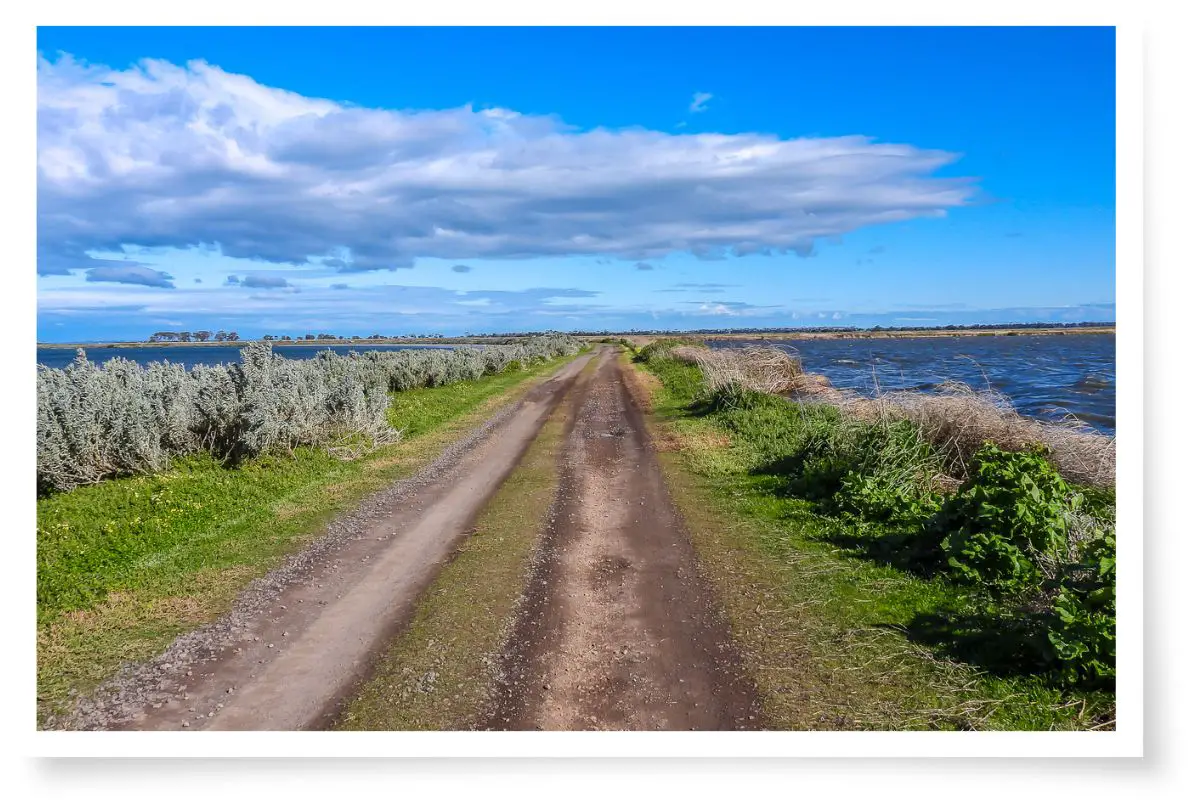
A Long Term permit will cost you AU$70 (including an AU$50 refundable key deposit) and is valid for 2 years. This gives you access to the General Access areas as well as the Special Access areas once you complete the mandatory safety training.
Access to the plant is not allowed before sunrise or after sunset but you are free to spend as much time as you like there during the day.
Meet 9 of Australia’s most famous birds in this article here on Birdwatch World.
Tips For Enjoying Your Visit
As I have not been to the Western Treatment Plant before, I contacted Kathie Thomas, a bird photographer who has been there and she gave me some great advice. The following tips should ensure that you get the most from your birding at the WTP:
- bring enough water and food for the day; you could be there for a while.
- wear waterproof shoes or boots.
- the only public toilets in the area are at Gate 5 on Point Wilson Rd. At the time of writing this blog, they were going to be closed until the end of October 2022.
- if you are taking photos, a lens between 400 and 600 mm is recommended. The birds are sometimes really close but at other times may be far away.
- remember to bring your binoculars or spotting scope.
- you need to wear long sleeves, long pants, and closed shoes (this is part of the access conditions).
- check the Country Fire Authority website before planning your visit as you cannot visit on days of Total Fire Ban.
- make sure at least one person in your group has a mobile phone in case of emergencies.
- the treatment plant does smell on some days but it’s not that bad.
Birds You Can Expect To See At The Western Treatment Plant
I’ve already mentioned the critically endangered Orange-bellied Parrots that you may find at the WTP. You would be very lucky to see them however as the areas where they are currently found are closed to the public. Below are some of the other species you can expect to find.
- Black Swans
- Australian Shelducks
- Chestnut Teals
- Pied Oystercatchers
- Sharp-tailed Sandpipers
- Royal Spoonbills
- White-fronted Chats
- Golden-headed Cisticolas
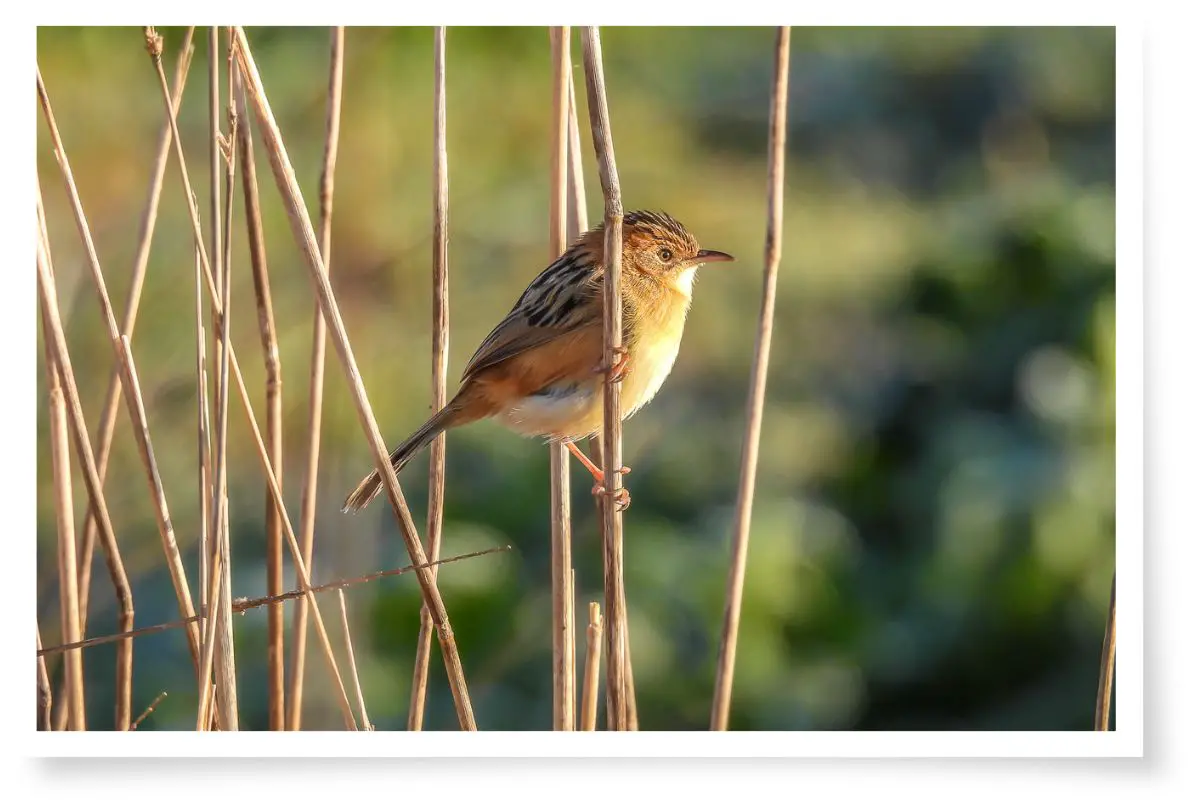
- Fairy Martins
- Red-browed Firetails
- European Goldfinch
- Hoary-headed Grebe
- Purple-crowned Lorikeets
- Black-shouldered Kites
- Blue-winged Parrots
- Brolgas
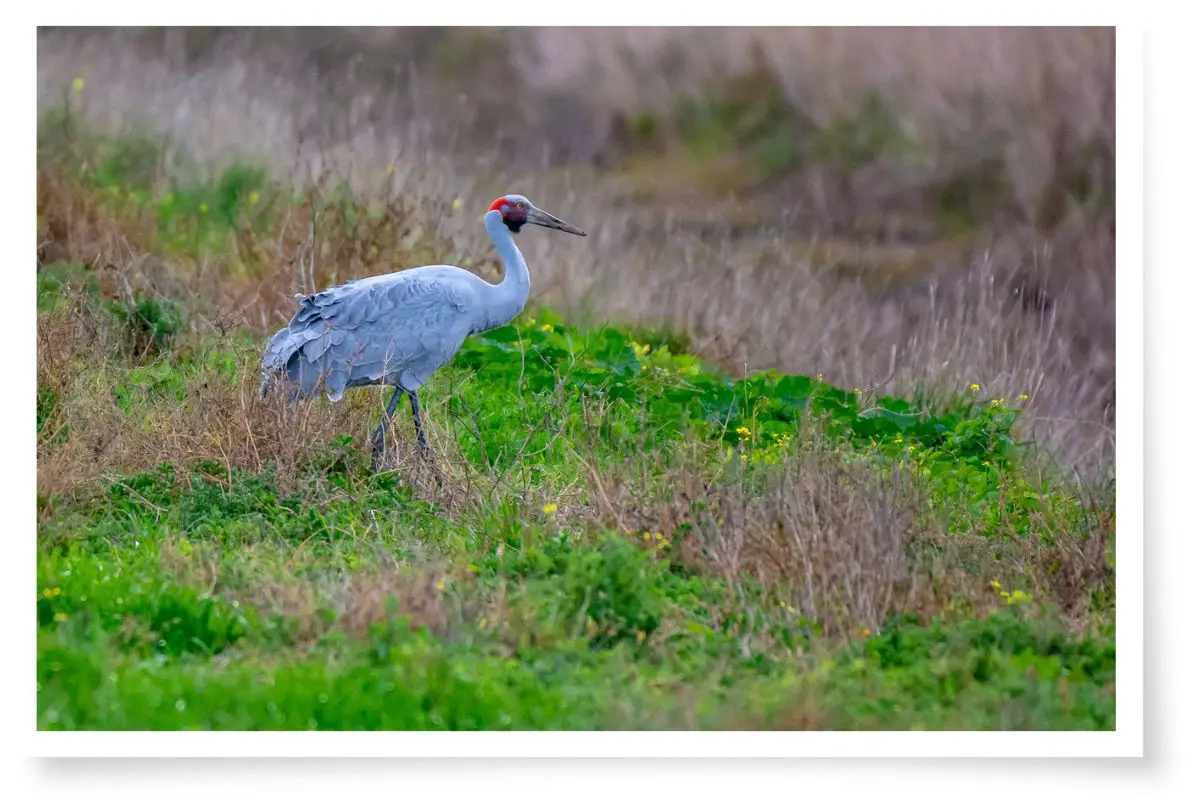
- Great Crested Grebes
- Hooded Plovers
- Nankeen Kestrels
- Zebra Finches
- Musk Ducks
- White-fronted Chats
- Buff-banded Rails
- Striated Pardalotes
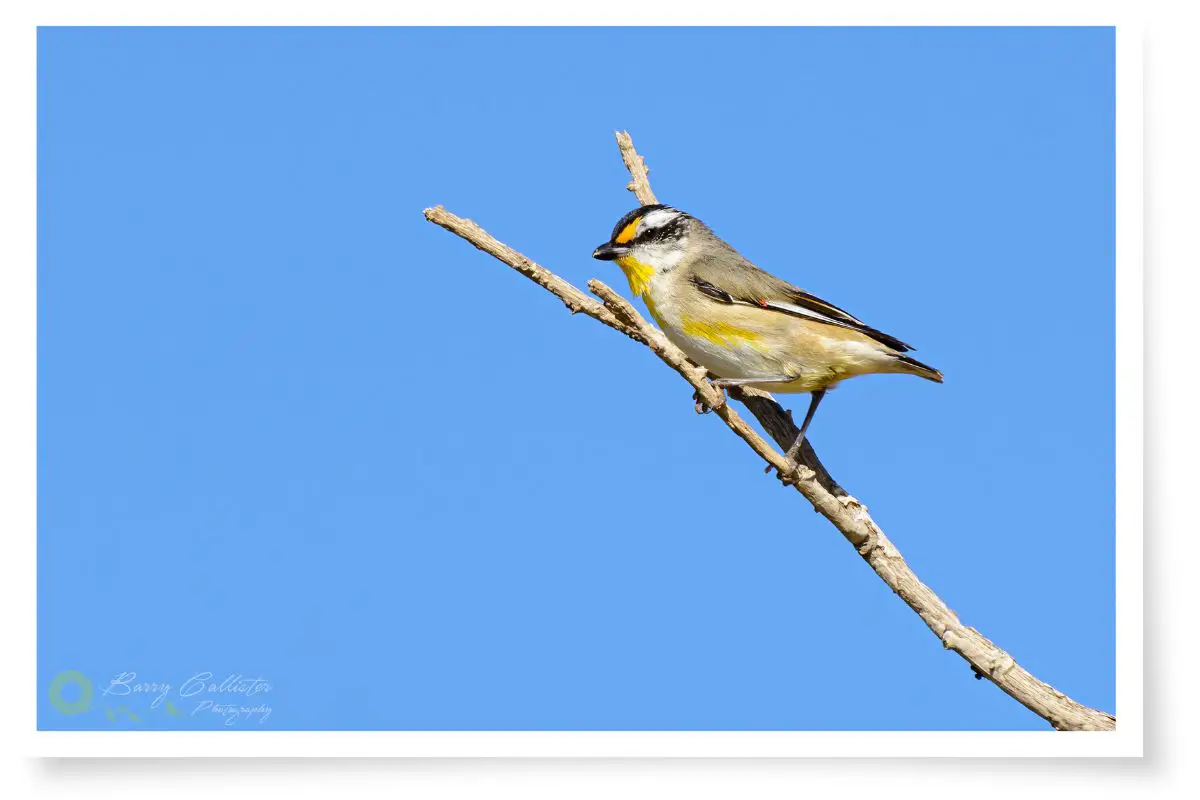
I could go on listing WTP species all day but I think you get the idea…
Check out more images taken by Kathie Thomas at the WTP here.
Conclusion
If you are not excited to visit the Western Treatment Plant in Wyndham now, then I guess you don’t love birds as much as I do! I’m practically packing my gear already!
If you do plan a visit to the WTP, make sure you follow the correct application processes and observe all the conditions of entry and use of the area. Wetlands such as this are so important for our wildlife and the health of the planet.
We should always remember that we are as much a part of the natural world as the birds we love to watch. If we act as guests when out in nature and take care of the environment they live in, it will benefit us as much as it does them.
Get out there and go birding! I’ll see you at the WTP.
References
- Bird counts – ebird.org
- Western Treatment Plant – melbournewater.com.au
- The 100 Best Birdwatching Sites In Australia – Sue Taylor
